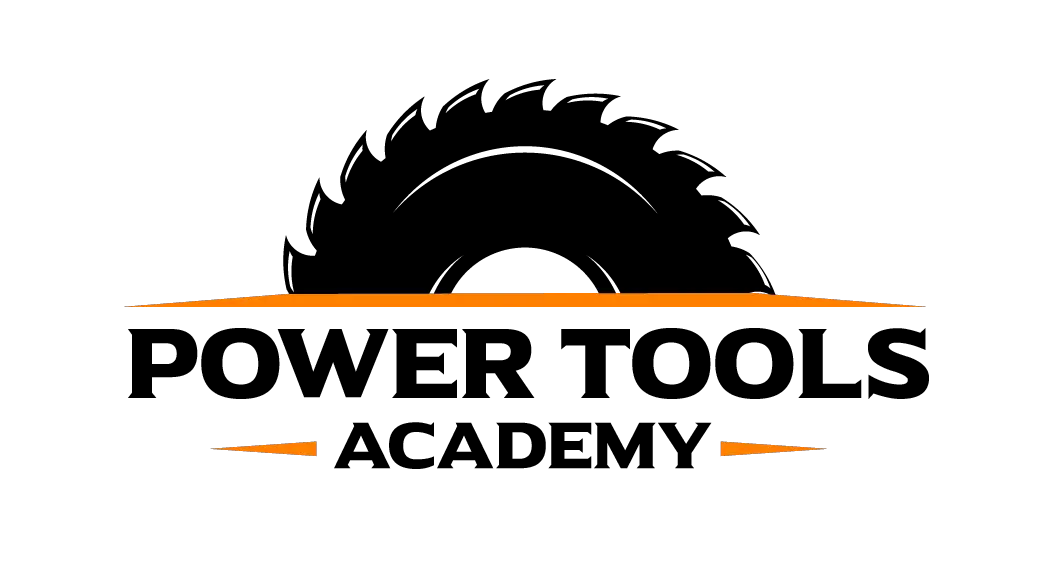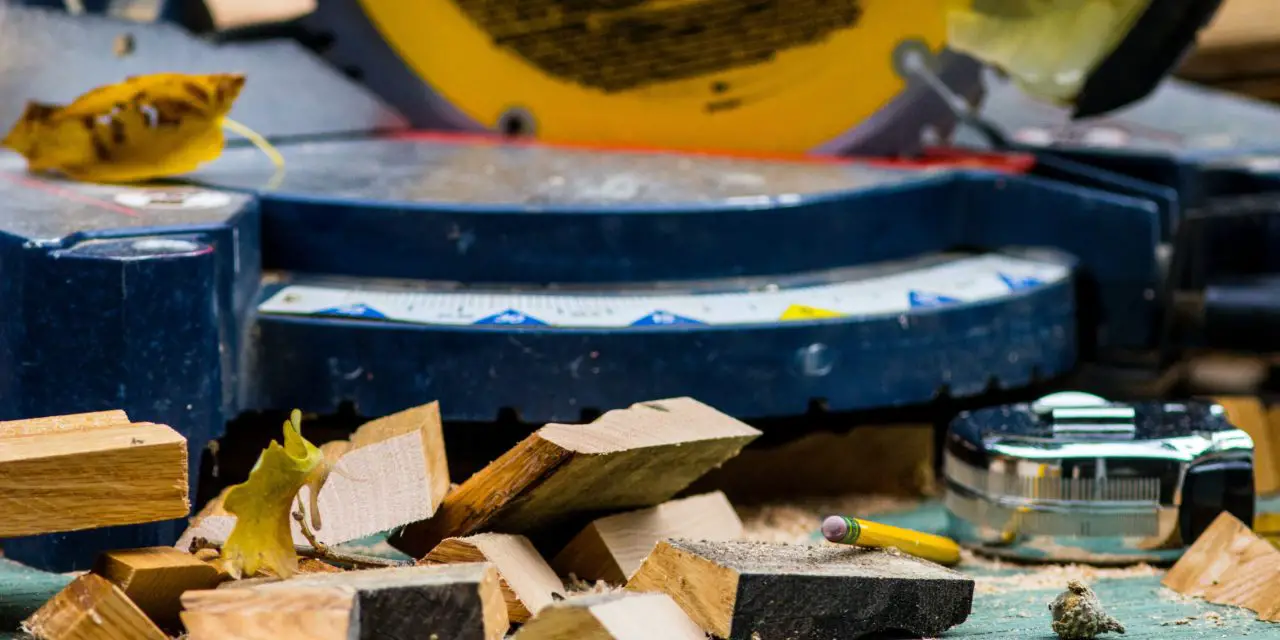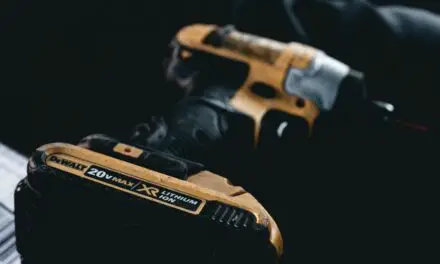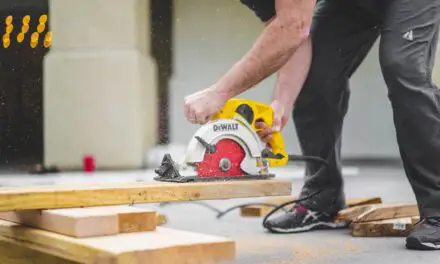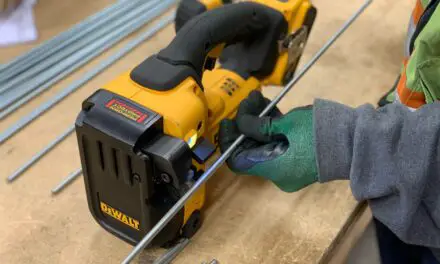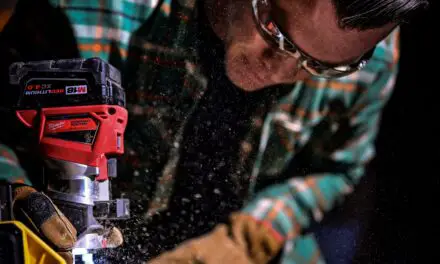Miter saw kickback occurs when the material being cut moves rapidly in the opposite direction. This is not only frustrating, but can also be dangerous! With that said, some wonder what causes miter kickback and how they can avoid it.
Miter kickback can occur in a few situations. It could happen when the kerf holds onto the blade, when the blade holds onto the edge of a piece of wood, or if the blade gets stuck in the material. The easiest way to avoid this is to always use a strong blade.
Below, we’ll discuss what causes miter kickback and some ways you can avoid it. Keep reading to learn more!
What Causes Miter Saw Kickback?
Miter saw kickback occurs when the material being cut moves quickly toward the person cutting it.
Kickback is an unsavory experience that many saw users try to avoid.
If you don’t know what causes kickback and how to avoid it, it can happen frequently.
The main causes of miter saw kickback include:
- Kerf closing in and holding the blade
- The blade holding onto the edge of material
- The blade getting stuck in a piece of material
Let’s take a deeper look at these causes.
Kerf Closing in and Holding the Blade
“Kerf” is the material that is turned into sawdust by a miter saw.
Kerf can hold onto a miter saw blade, leading to kickback. This often happens when the saw is close to the middle of a long, wide board.
It can also happen when lumber is not perfectly flat and straight.
The Blade Holding onto the Edge of Material
Kickback can occur when the blade of a miter saw holds onto the edge of a piece of material you’ve already cut.
This happens most frequently with small pieces of stock.
The Blade Getting Stuck in a Piece of Material
Sometimes, kickback occurs for the simplest reason of all.
When a user cuts through a piece of material and the blade gets stuck, it often causes miter saw kickback.
This could happen for various reasons, mostly when the blade is dull, dirty, or both.
How to Avoid Miter Saw Kickback
No one wants to be in danger of possible injuries from a kickback.
Now that you know what causes miter saw kickback, you’ll need to learn how to avoid it.
There are a few basic ways you can avoid miter saw kickback.
First, ensure you use a good blade and a perfectly functioning saw. The bevel should be secure, the blade should be tight, and there should be no slope in any of your saw’s working parts.
Always work slowly and ensure the blade fully stops before you lift it past the stock.
In addition to doing the basic things above, keeping the following tips in mind will help you avoid miter saw kickback:
- Make a partial cut close to the fence side of the blade. This will help reduce binding, which can cause kickback.
- Avoid cutting wet wood or high-pitch content wood. Doing so could lead to blade binding.
- Never use a dull blade to saw materials. Always use a sharp, appropriately sized, and shaped blade to avoid binding and improve the quality of the cut.
- Examine your saw to ensure it’s functioning adequately.
- Always cut in a straight path. This will prevent the kerf from closing in on the blade.
Keeping these preventive measures in mind will go a long way in avoiding miter saw kickback.
Are Miter Saws Built with Safety Measures to Avoid Kickback?
Due to the risk of kickback with a miter saw, many are built with preventive measures to help avoid it.
Kickback can be dangerous. The main risk is injury due to material moving quickly toward the saw operator.
For this reason, safeguards are built into many miter saws to prevent kickback from occurring.
Among these safety measures are:
- A splitter or riving knife. This prevents wood from getting stuck in the blade.
- Anti-kickback pawls. In some miter saws, these activate automatically when the blade begins to bind.
These preventive measures help, but operator knowledge is also necessary to prevent kickback.
Do your part by reading the saw manual and following the above measures to the likelihood of kickback occurring.
What Should I Do if I Experience Miter Saw Kickback?
As much as you can try to reduce miter saw kickback, you cannot eliminate the possibility of its occurrence.
In the case of kickback, it’s important to know how to handle it.
If you experience miter saw kickback, turn the saw off immediately and unplug it from the power outlet. Then, examine your saw for blockages around the blade and blade damage. Once you’ve ruled out or solved any issues, you can continue using your miter saw.
In Conclusion
Miter saw kickback can occur for a few reasons, including the blade getting stuck or material holding onto the blade.
The easiest way to avoid it is to work slowly and always ensure you’re using a strong blade and perfectly functioning saw.
With these tips in mind, you shouldn’t experience any more problems with miter saw kickback.
